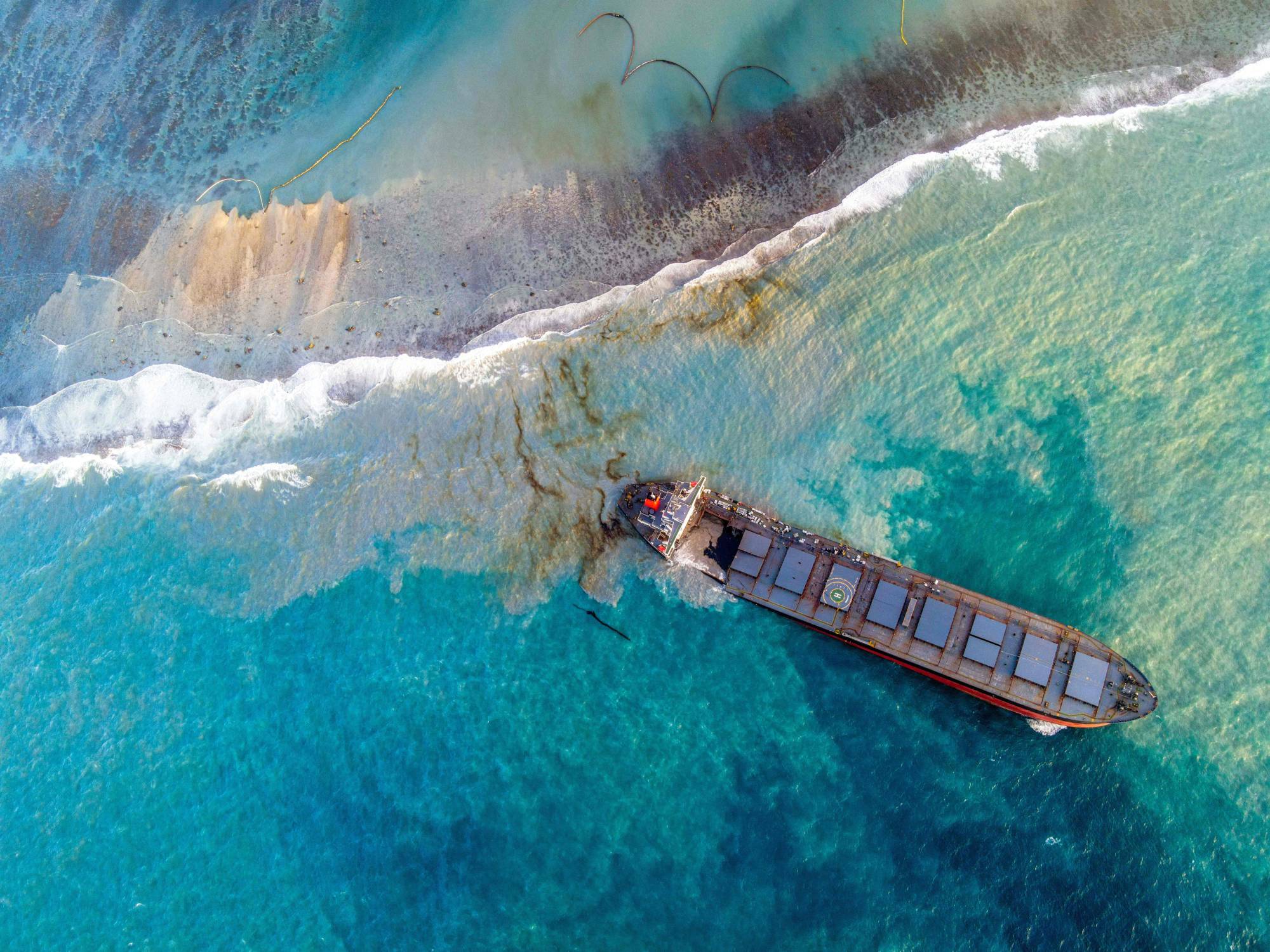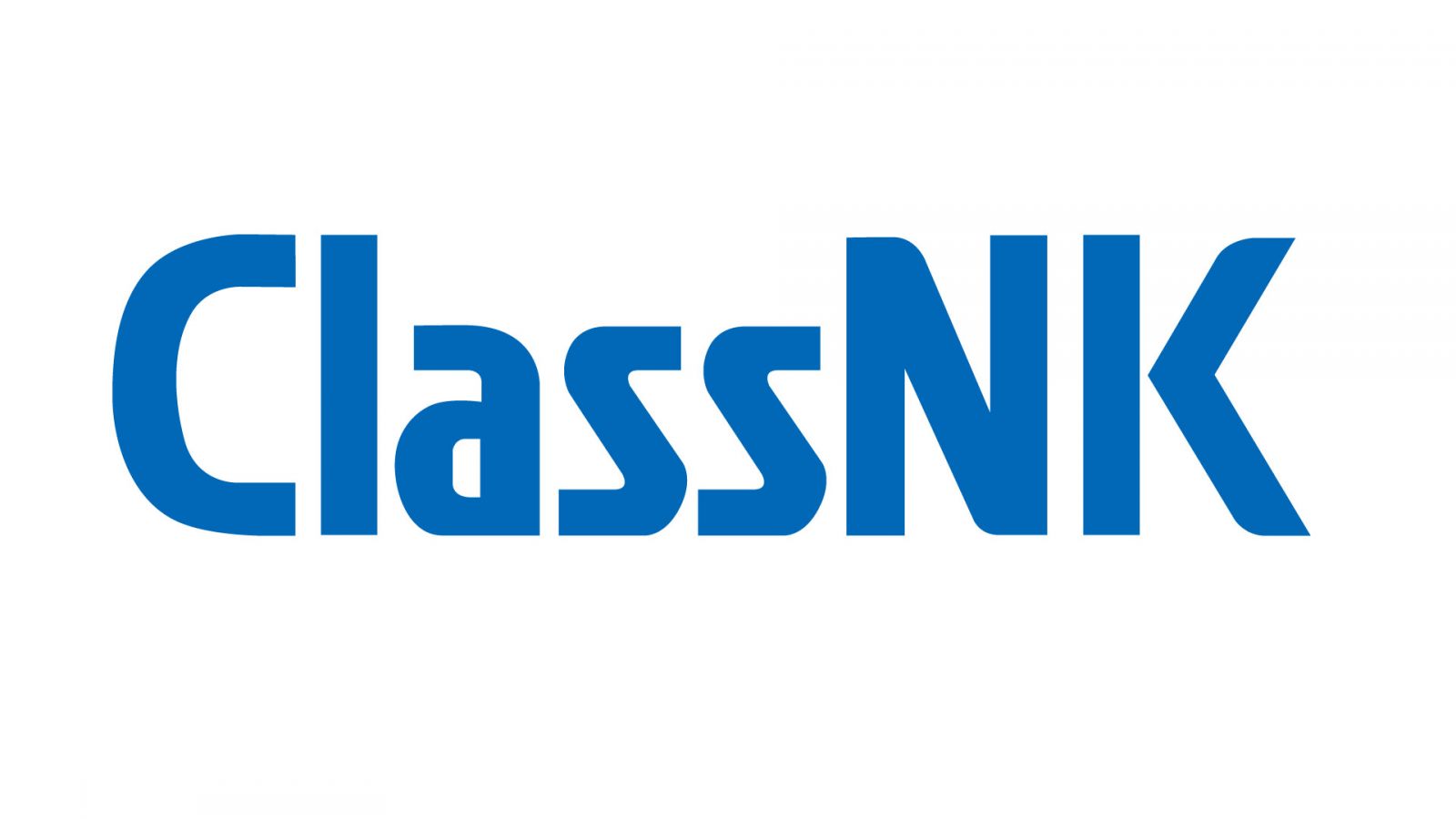The Greek fleet rose by 2.9% yoy in DWT terms bringing the total to 488.6m DWT in 2024.
In absolute numbers, the fleet went up by 214 vessels of all types and sizes compared to 85 units in 2023 and 286 in 2022. The number of Greek companies went down to 588 in 2024 from 592 in 2023. In terms of the size of the companies, the number of 25+ vessel companies reached 60, a historical first, from 57 in 2023.
Tonnage wise they jumped by 16.5m DWT in 2024 compared to a smaller rise of 7.86m DWT in 2023. Over 1m ton owners continued to grow with 85 companies compared to 83 in 2023.
Their percentage share of the fleet is up to 79.98%, remarkably consistent since 2017. The 80% share of the ton millionaires continues to represent a significant barrier. The number of companies running very young fleets (0-9 years) continues its downward trend, this time down to 81, from 89 in 2023. The rise in age of the whole fleet that began in 2018 continues.
For 2024 it averaged 14.6 years, slightly up from 14.3 in 2023. There is a slowdown in the growth of the Greek fleet and the consolidation of Greek shipping companies continues. The Greek fleet of all types and sizes of vessels went up by 214 vessels in 2024. Overall, the increase of all vessels and all types was 13.8m DWT or 2.9%.
Vessels over 20,000 DWT went up by 174 units comprising of 13.5m DWT. They are also run by 402 companies, which is 9 companies less than the previous year. The Dry bulk fleet gained 128 units or 8.4m DWT, a significant increase of 4% compared to the previous year.
Containers grew by 1% in DWT terms, whereas the number of units remained the same. A marked difference to the addition of 28 units in 2023. The Tanker fleet grew by 24 vessels, a moderate annual increase of 1% in DWT terms.
The average age remained at similar levels and the companies that ran them went up by 2. The LNG fleet grew by 4.4% in DWT terms and there were 6 vessels added to the fleet. Their age rose slightly. It is noteworthy that there are no new entrants in the sector.
There were 6 Large LPGs added to the fleet, representing a 7% yoy increase in DWT terms. This sector was increased by 2 more companies.
In the final part of this section, we analyse the main types of vessels utilized by the Top 10 Greek companies. The most important divergence between the Top 10 and the rest of the Greek companies is found in the sector of Containers.
The overall fleet of Containers of over 20,000 tons DWT showed very little change, as remarked above. However, the Top 10 Greek companies showed an impressive commitment to the sector, by increasing their Container tonnage from 5.9m to 9.65m DWT, thus going against the general sentiment.
Source: Petrofin Research



